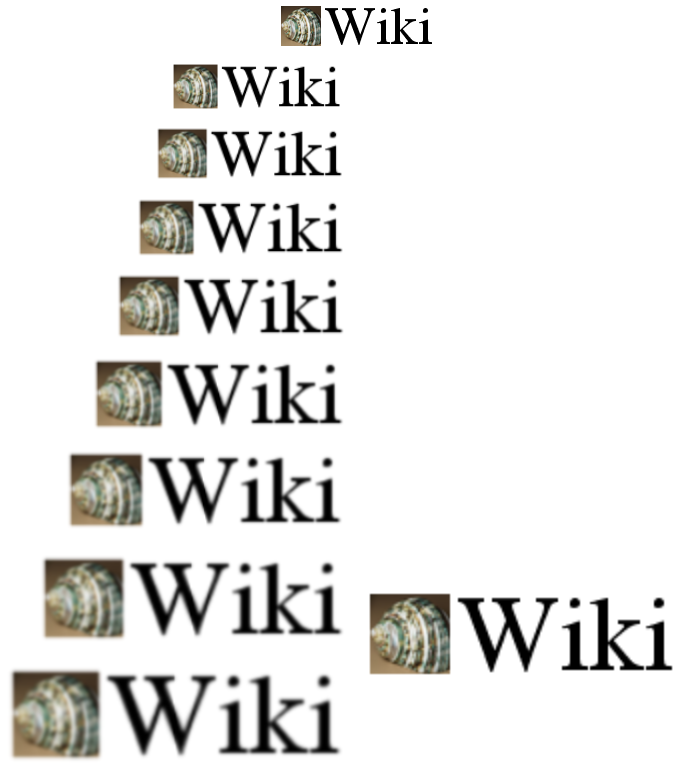Stairstep interpolation: Difference between revisions
Appearance
Content deleted Content added
re-jig the image and caption |
m v2.03b - Bot 22 bogus-image-options - WP:WCW project (Bogus image options) |
||
| Line 4: | Line 4: | ||
==Example== |
==Example== |
||
[[File:Comparison stairstep and direct bilinear image scaling.png|frame |
[[File:Comparison stairstep and direct bilinear image scaling.png|frame|none|A comparison of stairstep and direct bilinear image scaling, using multiple 10% steps versus one 100% step]] |
||
==See also== |
==See also== |
||
Revision as of 20:42, 11 October 2020
In image processing, stairstep interpolation is a general method for interpolating the pixels after enlarging an image. The key idea is to interpolate multiple times in small increments using any interpolation algorithm that is better than nearest-neighbor interpolation, such as bilinear interpolation, and bicubic interpolation. A common scenario is to interpolate an image by using a bicubic interpolation which increases the image size by no more than 10% (110% of the original size) at a time until the desired size is reached.
Example

See also
- Anti-aliasing
- Bézier surface
- Cubic Hermite spline, the one-dimensional analogue of bicubic spline
- Lanczos resampling
- Sinc filter
- Spline interpolation
